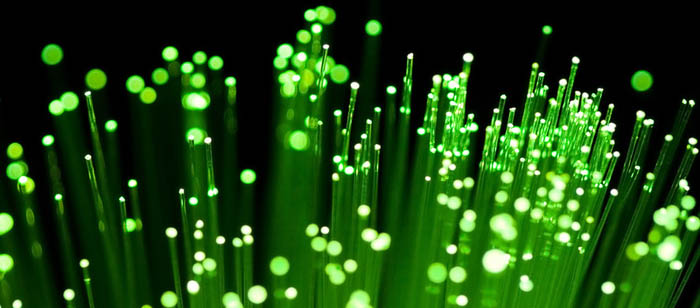
 Professor Curtis R. Menyuk of the UMBC Computer Science and Electrical Engineering Department has been awarded the 2013 IEEE Photonics Society William Streifer Scientific Achievement Award. The award recongnizes Dr. Menyuk
Professor Curtis R. Menyuk of the UMBC Computer Science and Electrical Engineering Department has been awarded the 2013 IEEE Photonics Society William Streifer Scientific Achievement Award. The award recongnizes Dr. Menyuk
"For seminal advances in the fundamental understanding and mitigation of polarization effects in high-performance optical fiber communication systems."
He will receive the award at presentation during the awards Ceremony at the 2013 IEEE Photonics Conference at the Hyatt Regency Bellevue, Bellevue, Washington in September.
The William Streifer Scientific Achievement Award is given to recognize an exceptional single scientific contribution which has had a significant impact in the field of lasers and electro-optics in the past 10 years. The award is given for a relatively recent, single contribution, which has had a major impact on the Photonics Society research community. It may be given to an individual or a group for a single contribution of significant work in the field.
Professor Curtis Menyuk was born March 26, 1954. He received the B.S. and M.S. degrees from MIT in 1976 and the Ph.D. from UCLA in 1981. He has worked as a research associate at the University of Maryland, College Park and at Science Applications International Corporation in McLean, VA. In 1986 he became an Associate Professor in the Department of Electrical Engineering at the University of Maryland Baltimore County, and he was the founding member of this department. In 1993, he was promoted to Professor. He was on partial leave from UMBC from Fall, 1996 until Fall, 2002. From 1996 – 2001, he worked part-time for the Department of Defense, co-directing the Optical Networking program at the DoD Laboratory for Telecommunications Sciences in Adelphi, MD from 1999 – 2001. In 2001 – 2002, he was Chief Scientist at PhotonEx Corporation. In 2008 – 2009, he was a JILA Visiting Fellow at the University of Colorado.
For the last 25 years, his primary research area has been theoretical and computational studies of lasers, nonlinear optics, and fiber optic communications. He has authored or co-authored more than 230 archival journal publications as well as numerous other publications and presentations, and he is a co-inventor of 5 patents. He has also edited three books. The equations and algorithms that he and his research group at UMBC have developed to model optical fiber systems are used extensively in the telecommunications and photonics industry. He is a member of the Society for Industrial and Applied Mathematics. He is a fellow of the American Physical Society, the Optical Society of America, and the IEEE. He is a former UMBC Presidential Research Professor.